Espace culturel Nu-e (복합문화지구 누에)
13.2Km 2024-04-08
462-9, Wanju-ro, Wanju-gun, Région Jeonbuk
Nu-e désigne un complexe culturel situé à Wanju-gun dans la région de Jeollabuk-do, inauguré sous le thème de "un espace de vie où chacun communique à travers l'art". En tant que projet de restructuration culturelle, il a été décidé de construire le site dans la région de Jeollabuk-do Jameop (silkworm business) avec notamment différents programmes culturels et éducatifs. Parmi les différentes structures, on compte le 'Nu-e Art Hall' proposant différentes expositions et spectacles mais aussi une guesthouse dénommée 'Sum', un espace de camping, des espaces ateliers, etc. Le site propose aussi l'espace "Dreaming Nu-e Playground" pour les enfants.
Il est aussi recommandé de visiter le 'Jeonbuk Provincial Museum of Art' et le 'Samnye Culture and Art Village', de grands sites touristiques à Wanju-gun.
Temple Munsusa (Gimje) (문수사(김제)
14.2Km 2024-04-07
158, Hwangsan 5-gil, Gimje-si, Région Jeonbuk
+82-63-547-0972
Le temple Munsusa, situé à Hwangsan-dong, Gimje-si, est une branche du temple Geumsansa. Le temple se trouve dans le magnifique cadre naturel du mont Bonghwangsan, au coeur de l’immensité des plaines Mangyeong. Le mont Bonghwangsan se trouve à seulement 100 m au-dessus du niveau de la mer, et il est entouré par la plaine. Le temple, qui se trouve au sommet de la montagne, offre donc un panorama bien dégagé.
Le temple Munsusa a été fondé par le grand moine Hyedeok Seonsa (dans la 25ème année du règne du roi Mu de Baekje) après avoir vu le saint bouddhiste Munsu Bosal en rêve. Au moment de sa création, le temple s’appelait Munsu, car le site où il a été établi s’appelait « Munsugol ». Devant le temple se trouve un arbre zelkova aussi ancien qu’imposant, dont la circonférence dépasse les 5 m. Cet arbre, appelé « Gwimok (ce qui signifie « arbre sacré et miraculeux »), a récemment été désigné « arbre préservé », pour lui garantir une protection spéciale. Tous les 14 janvier du calendrier lunaire, les autorités locales de Gimje organisent un rituel sacré pour l’arbre, et le temple possède son propre rituel pour l’esprit de la montagne.
Happydream [Korea Quality] / 행복드림한옥 [한국관광 품질인증]
15.7Km 2024-04-07
181-21, Bongseoan-gil, Yongjin-eup, Wanju-gun, Région Jeonbuk
+82-10-3677-5339
The Dueok Happy Dream Village Farming Association Corporation runs a hanok-style guesthouse situated in Dueok Happy Dream Village, which is surrounded by high, clean mountains. Also known as Bongseogol, the village is a pleasant farming community located deep in the lush green mountains of Wanju-gun, Jeollabuk-do, and is also well known as one of the eight best propitious sites in Korea – Jongnamsan Mountain on its right and Seobangsan Mountain on its left are said to resemble a phoenix('Bonghwang' in Korean) embracing the village (hence the name of the village is ‘Bongseo’).
Dueok Village was re-born as Dueok Happy Dream Village as part of the rural village revitalization project carried out in Wanju County. The village has jointly run diverse hanok buildings (ranging from about 45 to 150 years old) as hanok-style guesthouses, along with various hands-on programs, since 2010. The Dueok Happy Dream Village Farming Association Corporation now runs the guestrooms and a large experience center, and only accepts groups of guests. The experience center offers education programs on traditional etiquette, and also operates reenactments of the ancient civil service examination. It also offers guests three good meals a day consisting of rural-style healthy food served with wild vegetables and various side dishes at a reasonable price.
The guesthouse comprises tile-roofed houses on both sides set amid a large grassy field against a background of green mountains. The guestrooms feature a simple yet pleasant design and are equipped with ondol (under-the-floor heating) without air-conditioning. The experience center is notable for its ten doors which can be opened by lifting them up toward the ceiling, thereby providing an open view of the beautiful landscape.
Furthermore, the village, which has been designated as a rural experience and recreational village, runs a wide variety of hands-on programs, including a Nature Experience program consisting of a forest tour with a guide, Making a Wish Necklace, Walking on the Myeongdang (propitious site), Rice Farming, Digging Sweet Potatoes, Traditional Folk Games (archery, steel hoop rolling), Rice Cake Pounding, Making Scarecrows, and Making a Kite, among others. It also offers Sori Hakdang and etiquette education programs as a two-day course.
Temple Songgwangsa (Wanju) (송광사(완주))
16.5Km 2024-04-07
255-16, Songgwangsuman-ro, Wanju-gun, Région Jeonbuk
+82-63-243-8091
Le temple Songgwangsa se trouve à Soyang-myeon, Wanju-gun dans la province du Jeollabuk-do. Le temple est vieux de plus de mille ans. Seul le terrain du temple avait été conservé jusqu’à la 7ème année du règne du roi Gyeongmun de Silla (867), quand le moine Bojo Cheijing l’a reconstruit. Au fil du temps, le temple fut quasiment détruit, mais le grand moine Jinul pria pour sa reconstruction. Les halls et bâtiments restants ont été construits par les disciples du moine Jinul dans les années 1600. Le temple est également réputé du fait que le roi Injo a contribué à sa reconstruction dans l’espoir que ses deux fils, qui avaient été pris en otage par la dynastie Qing durant la guerre Byeongjahoran (invasion de la Corée par la Chine en 1636) reviennent sains et saufs, et que Bouddha soulage les tourments de la guerre.
Songgwangsa est l’un des quatre principaux temples de Corée, et abrite les statues de Jijangbosal et Siwangsang conservées dans le hall Jijangjeon (le plus grand hall), la statue Seokgayeorae et les 500 statues Nahansang dans le hall Nahanjeon et le hall Daeungjeon, chacune d’entre elles attirant des foules d’adorateurs. Le temple se trouve sur un terrain plat, et il est ainsi facilement accessible aux personnes âgées. Au printemps, les tunnels de cerisiers en fleurs sont tout simplement magnifiques. Le temple abrite également quatre trésors culturels : le hall Daeungjeon, les statues Samsebulsang, le clocher et la statue Sacheonwangsang, ainsi que huit biens culturels tangibles.
Parc national Uibongsanseong (위봉산성군립공원)
16.5Km 2024-10-25
Région Jeonbuk, Wanju-gun, Soyang-myeon, Wondaeheung-gil 136-3
Le parc national Uibongsanseong, situé à Jeonju, est un site prisé pour les longues promenades au milieu de la nature et des arbres de saison, notamment les arbres de cerisiers.
Oseongje Jeosuji (오성제 저수지)
17.5Km 2024-10-25
Région Jeonbuk, Wanju-gun, Soyang-myeon, Daeheung-ri
L'espace Oseongje Jeosuji désigne un espace de repos et de promenade à Wanju. Le lieu est réputé pour ses zones de photo mais aussi pour avoir servi de lieu de tournage pour le groupe BTS en 2019 (Summer Package).
NocWoonJae [Korea Quality] / 녹운재 [한국관광 품질인증]
17.7Km 2024-04-07
472-18, Songgwangsuman-ro Soyang-myeon, Wanju-gun, Région Jeonbuk
+82-10-4450-6565
'As a traditional Korean house with floor area of 99m², Nocwoonjae has been in business since 2014 in Oseong Hanok Village, Wanju-gun, Jeollabuk-do. The name 'Nocwoonjae' means 'a house with a green cloud hanging over it' in Korean. It was named as such because of the green broad-leaved and coniferous trees along the foot of the mountain in the vicinity of the guesthouse. The entrance way is lined with flowers and trees, leading to two Korean houses connected by an open hallway. The guesthouse is owned by two sisters who built this place after staying at many of the popular 'hanok (traditional Korean house)' guesthouses in other parts of the country. It was a dream come true for them, so they did everything in their power to make their place perfect by choosing the building materials themselves, even the tiles. Because the exterior walls are made of red clay and tiles, it's cool in summer and warm in winter. There is also a large wooden floor hall where guests can enjoy the nature. The rooms are decorated with embroidered cotton sheets and antique furniture. Both of the sisters are amateur oriental painters specializing in painting the 'Four Gracious Plants (Plum, Orchid, Chrysanthemum, and Bamboo)', so they even made the lamps with traditional Korean paper with their paintings on them. Indeed, they did everything they could to make this place as pretty as possible.
The two traditional Korean houses named Naunchae and Unachae are built on a natural slope without harming the nature. The two houses are connected by a hallway with windows, so guests can sit on the staircase to enjoy the view outside. The 'Naunchae,' which means 'silky cloud' in Korean, consists of a room, an attic, a kitchen, a hall, and a bathroom. From the attic, you can have a great view of the trees and pine grove through the window. Right behind the house are the strawberry garden and stone walls for the guests to relax. The walls and floor of the room are made of red clay and natural wood with a pleasant natural aroma, which is good for the mind and body. The kitchen walls are made of colorful tiles and wood, with a large window right next to it offering a great view of the pine grove. In the main hall, guests can throw open the large window and lay on the wooden floor to look at the nature and enjoy the breeze.
The 'Unachae,' which means 'beautiful cloud' in Korean, consists of tea room, guestroom, kitchen, hall, and bathroom. It's very similar to the 'Naunchae,' except for the long window next to the kitchen and a table underneath it. The guesthouse sometimes offers special discounts, so be sure to ask about them when booking a room.
There are different types of flowers in the front yard, including cosmos, rose moss, and cockscomb. The sisters also grow corn, sorghum, strawberries, persimmon, jujube, and plum trees there. In the harvest season, guests can pick and try the fruits and vegetables. The sisters also offer a number of experience programs, such as Oriental painting class where you can grind the ink stick and paint the Four Gracious Plants on traditional Korean paper and tea class where you can try the tea made of the persimmon leaves and flowers grown by the owners. Breakfast includes toast, jam, and milk. There is a kitchen, so you can cook whatever you want. Popular tourist destinations in the vicinity of the guesthouse include Songgwangsa Temple and Wibongsa Temple as well as the 60m-high Wibong Falls, one of the Eight Views of Wansan Mountain. Jeonju Hanok Village is a 20-minute ride from the guesthouse.
Village des hanok Oseong (오성한옥마을)
17.8Km 2024-04-08
Région Jeonbuk, Wanju-gun, Soyang-myeon, Daeheung-ri
Le village des hanok Oseong, situé à Wanju abrite près de 200 maisons traditionnelles au milieu de plusieurs monts, zone qui abrite encore des résidences permanentes. Le lieu abrite également plusieurs petits cafés et des galeries d'artistes vous permettant d'effectuer des promenades relaxantes. Le lieu a servi également de lieu de tournage pour le groupe BTS lors du prgramme ‘BTS 2019 SUMMER PACKAGE’.
Awon Museum & Hotel (아원)
17.9Km 2024-10-25
516-7, Songgwangsuman-ro, Soyang-myeon, Wanju-gun, Jeonbuk
063-241-8195
Awon Museum & Hotel désigne une structure hanok avec une histoire de plus de deux siècles qui a été déplacé de Jinju dans la région Gyeongsangnam-do vers le village Oseong au pied du mont Jongnamsan à Wanju, région Jeonbuk.
Nambu Agutang (남부아구탕)
18.5Km 2024-04-07
60-8, Inbuk-ro 4-gil, Iksan-si, Région Jeonbuk
Nambu Agutang is a famous restaurant for specializing in preparing blackmouth goosefish in Iksan.
Although the exterior seems a bit run down, the interior is neatly organized.
Interestingly enough, there is a survey on service level of each serving staff in front of register for diners to speak out their opinions.
Thus, you will find great service and of course, the taste of food is superb without a doubt.
For the past seven years, the prices for dishes have not changed even with inflation, and the owner even donates a portion of the profits the community and the less fortunate.
Overall an outstanding restaurant.

![Happydream [Korea Quality] / 행복드림한옥 [한국관광 품질인증]](http://tong.visitkorea.or.kr/cms/resource/23/2576423_image2_1.jpg)
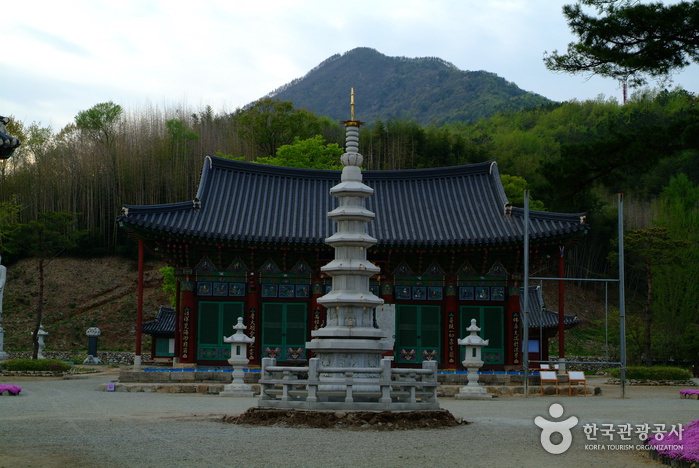
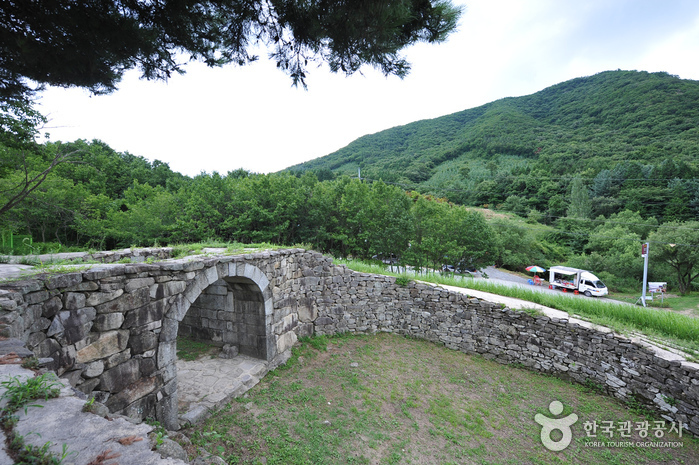
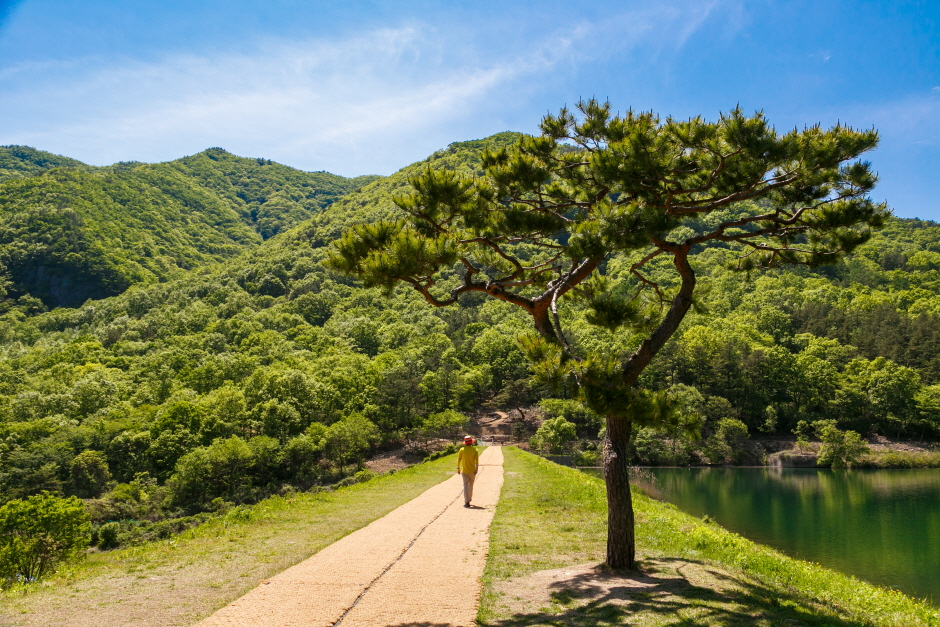
![NocWoonJae [Korea Quality] / 녹운재 [한국관광 품질인증]](http://tong.visitkorea.or.kr/cms/resource/71/2049271_image2_1.jpg)
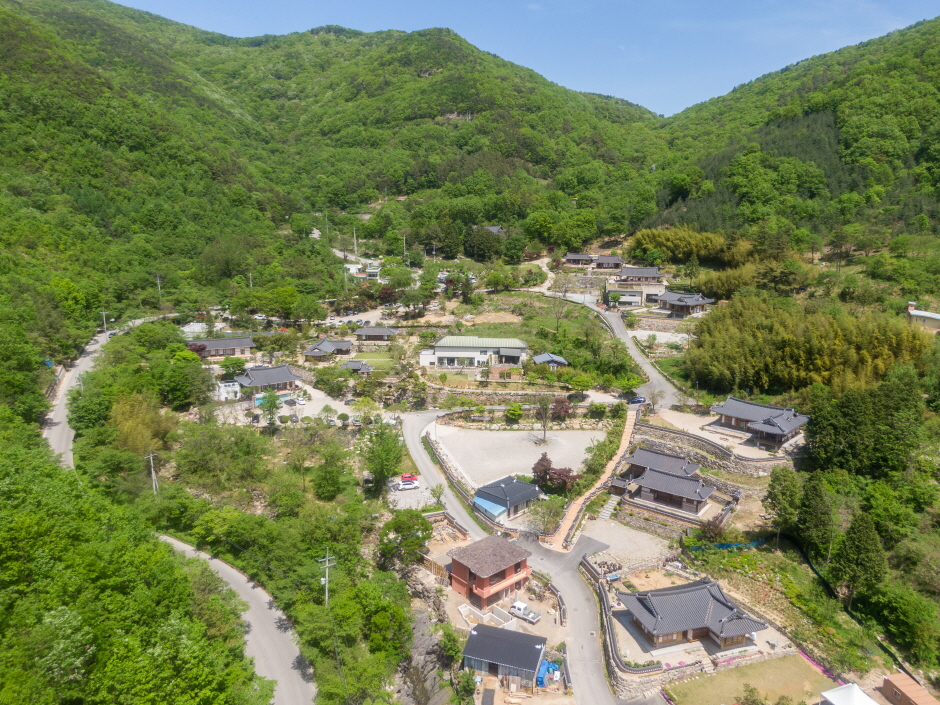
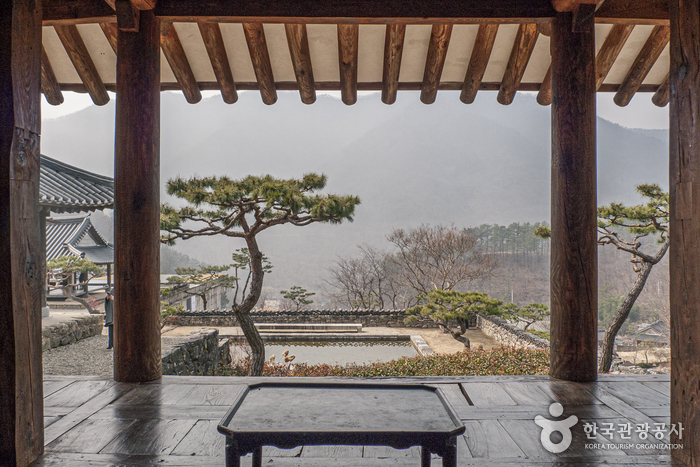
 Français
Français
 한국어
한국어 English
English 日本語
日本語 中文(简体)
中文(简体) Deutsch
Deutsch Español
Español Русский
Русский